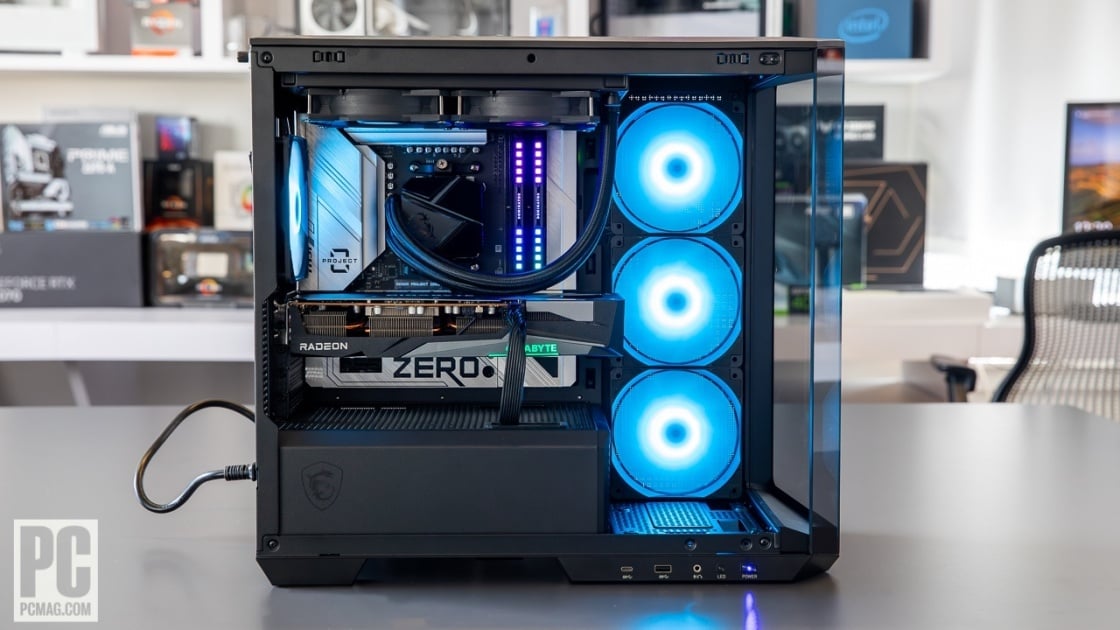PC Build Prices Resist Tariff Tremors: The One Component Breaking the Calm

The global computer hardware landscape is a complex web of international manufacturing, with China playing a pivotal role in producing PC components. While not every part originates from Chinese factories, a significant portion of computer hardware is subject to substantial tariffs ranging from 20% to a staggering 145%.
Among the most impacted components, graphics cards stand out as the most concerning. Consumers and tech enthusiasts have witnessed dramatic price fluctuations, though it would be an oversimplification to attribute these increases solely to trade tensions between the United States and China.
The intricate interplay of global supply chains, geopolitical dynamics, and market demands creates a nuanced environment where pricing is influenced by multiple factors. Trade wars contribute to the complexity, but they are just one piece of a larger, more intricate puzzle affecting computer hardware costs.
As the tech industry continues to evolve, understanding these economic intricacies becomes crucial for both manufacturers and consumers navigating the ever-changing landscape of computer component pricing.
